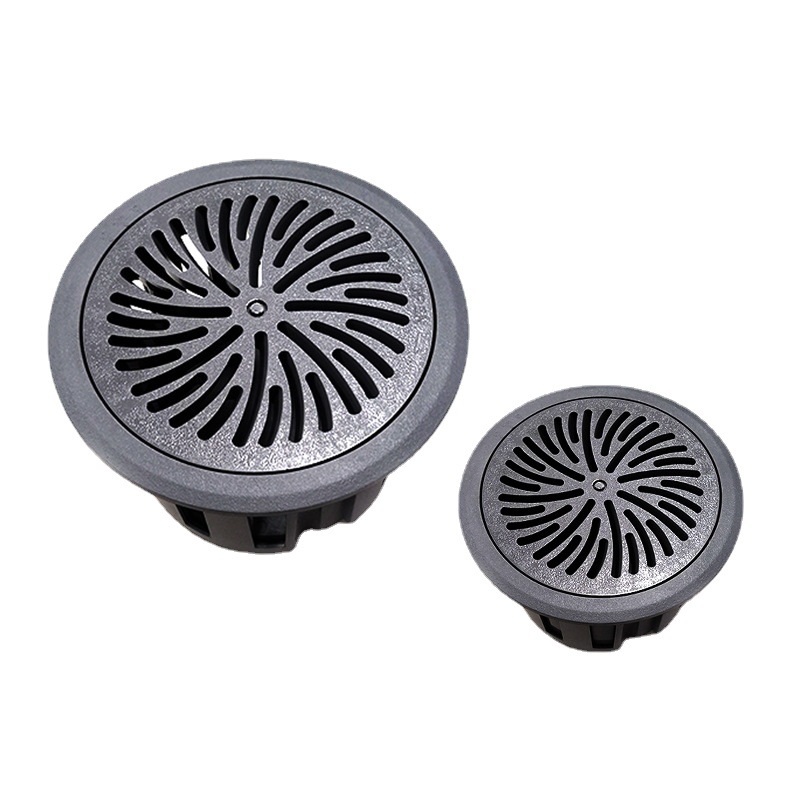2. Filler(injection plastic molding)
Fillers, also known as fillers, can improve the strength and heat resistance of plastics and reduce costs. For example, the addition of wood powder to phenolic resin can greatly reduce the cost, make phenolic plastic one of the cheapest plastics, and significantly improve the mechanical strength. Fillers can be divided into organic fillers and inorganic fillers, the former such as wood powder, rags, paper and various fabric fibers, and the latter such as glass fiber, diatomite, asbestos, carbon black, etc.
3. Plasticizer(injection plastic molding)
Plasticizers can increase the plasticity and softness of plastics, reduce brittleness and make plastics easy to process and shape. Plasticizers are generally high boiling organic compounds that are miscible with resin, non-toxic, odorless and stable to light and heat. Phthalates are the most commonly used. For example, in the production of PVC plastics, if more plasticizers are added, soft PVC plastics can be obtained. If no or less plasticizers are added (dosage < 10%), rigid PVC plastics can be obtained.
4. Stabilizer(injection plastic molding)
In order to prevent the synthetic resin from being decomposed and damaged by light and heat in the process of processing and use, and prolong the service life, a stabilizer should be added to the plastic. Commonly used are stearate, epoxy resin, etc.
5. Colorant(injection plastic molding)
Colorants can make plastics have various bright and beautiful colors. Organic dyes and inorganic pigments are commonly used as colorants.
6. Lubricant
The function of lubricant is to prevent the plastic from sticking to the metal mold during molding, and make the plastic surface smooth and beautiful. Common lubricants include stearic acid and its calcium magnesium salts. In addition to the above additives, flame retardants, foaming agents, antistatic agents, etc. can also be added to plastics.


